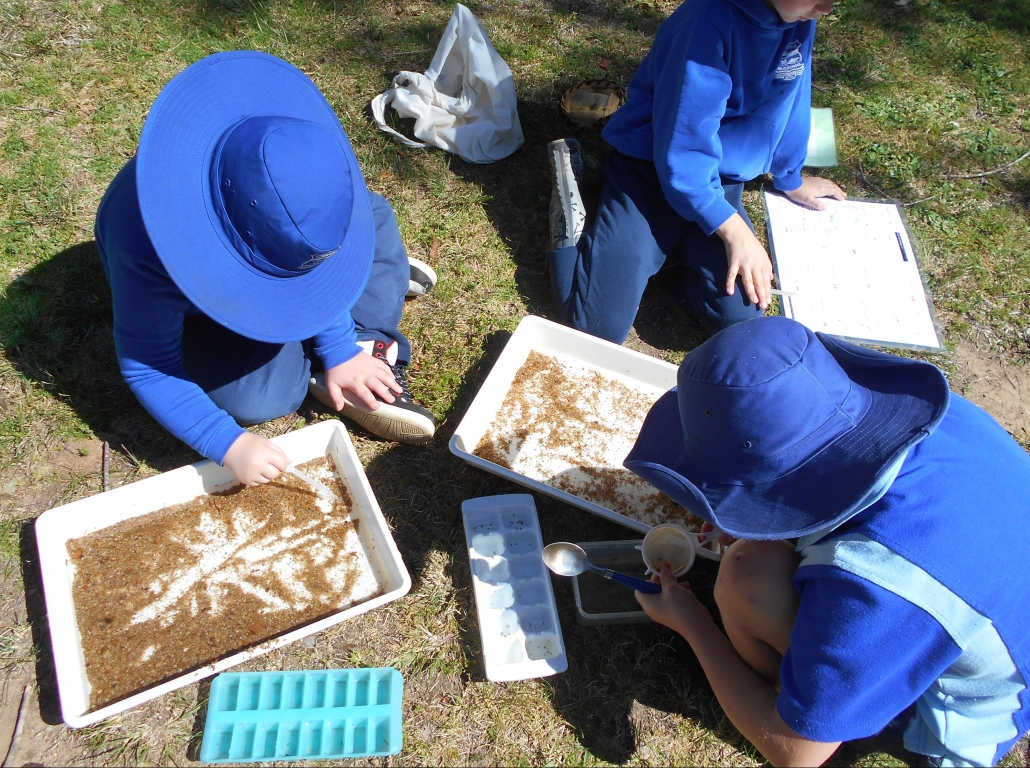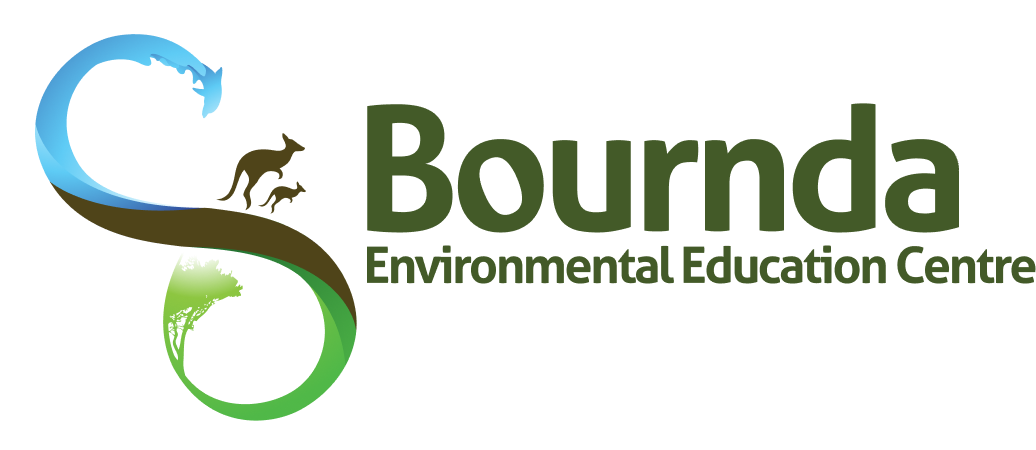Stage 2 – Science – Our Living World

Program Overview
This program is designed for Stage 2 students who are learning about their living world. Students will learn about how animals and plants have a variety of external features that help us to identify and classify living things. Students will undertake fieldwork to identify plants and animals in two different environments (one aquatic, one land based). They will use simple classification systems to identify plants and animals, recording and discussing their results. Life cycles of animals and plants in the two environments will be a focus point for discussion throughout the day. The students will learn how living things depend on each other and the environment to survive. A variety of additional activities are also available to support the learning on the day.
Key Questions
1. How can we group living things?
2. What are the similarities and differences between the life cycles of living things?
3. How are environments and living things interdependent?
Learning Experiences
Students explore two different environments at Bournda National Park – one aquatic and one land based.
Minibeast hunt
Students learn how to create a small quadrat (sample area) in a dry environment to explore an area for living things. Students are shown how to safely search for and catch bugs. They then use the minibeasts recording sheet with ID drawings to record the number of different types of minibeasts found. Students then record details of one of these minibeasts using the student worksheet. As it is likely that students will encounter minibeasts at different stages of their life cycles this is a great opportunity to explore this concept. All organisms are returned unharmed to their environment.
Estuary dip netting
Students walk along the edge of Bournda Lagoon or Wallagoot Lake to a suitable location. Using the dip nets students collect specimens by scooping along the lagoon bed.
All contents are emptied into white trays and students sort through specimens found, locating the same species. Students classify into plant and animal groupings. Students then investigate the collected live specimens and complete the classification worksheet.
Botanica
Students play the role of botanists and name and describe some common plants found in Bournda National Park. The students make detailed and accurate observations of the plants and make drawings of their features. Botanical illustrations by the students can include: drawings of leaves and flowers, leaf rubbings, gum-nut drawings and bark rubbings. Students will explore how the features they are studying relate to the plant’s life cycle. Students and teachers are encouraged to explore the Atlas of Living Australia and iNaturalist to find out about the plants located in the National Park.
Preparing for an excursion
Post visit material
Syllabus Outcomes
Science and technology K-6
ST2-4LW-S
A student compares features and characteristics of living and non-living things.
ST2-1WS-S
A student questions, plans and conducts scientific investigations, collects and summarises data and communicates using scientific representations.
Science Content
Classification of living things
Students:
- collect data and identify patterns to group living things according to their external features, and distinguish them from non-living things
- identify that science involves making predictions and describing patterns and relationships
Life cycles of living things
Students:
- identify that living things have life cycles
- conduct an investigation into the life cycle of plants and / or animals
Survival of living things
Students:
- describe how living things depend on each other and the environment to survive
Differentiation adjustments for High Potential and Gifted students
Authenticity – Students can take photos of living things found in the lake and in the leaf litter to add to iNaturalist, and become part of a citizen science movement that assists scientists worldwide.
Challenge – Using photographs of living things students are asked to be the scientist and group them into categories of their choice. Can they design a new living thing that requires its own category? Can they share with the class the features that they have used to group the living things?
